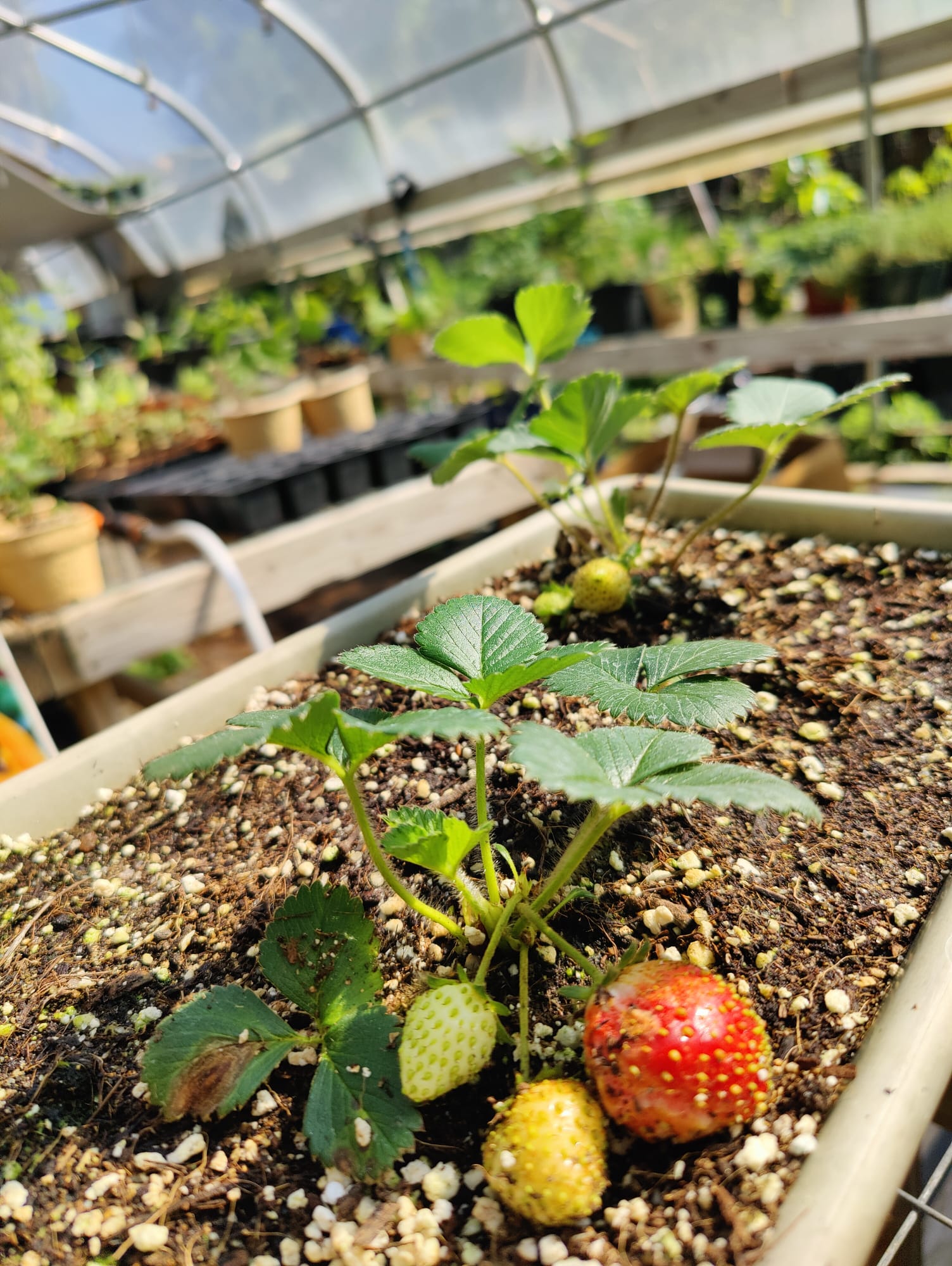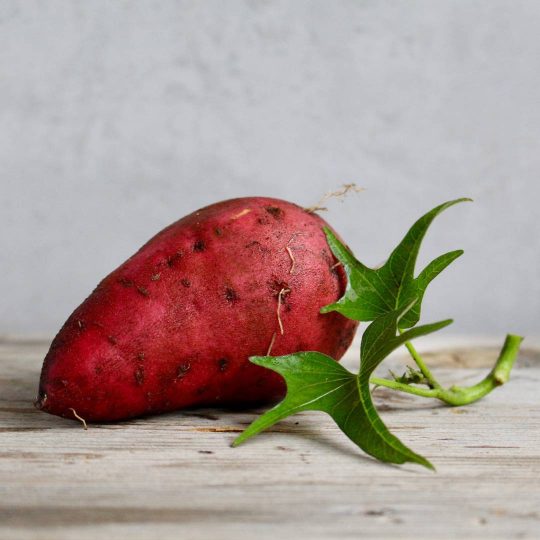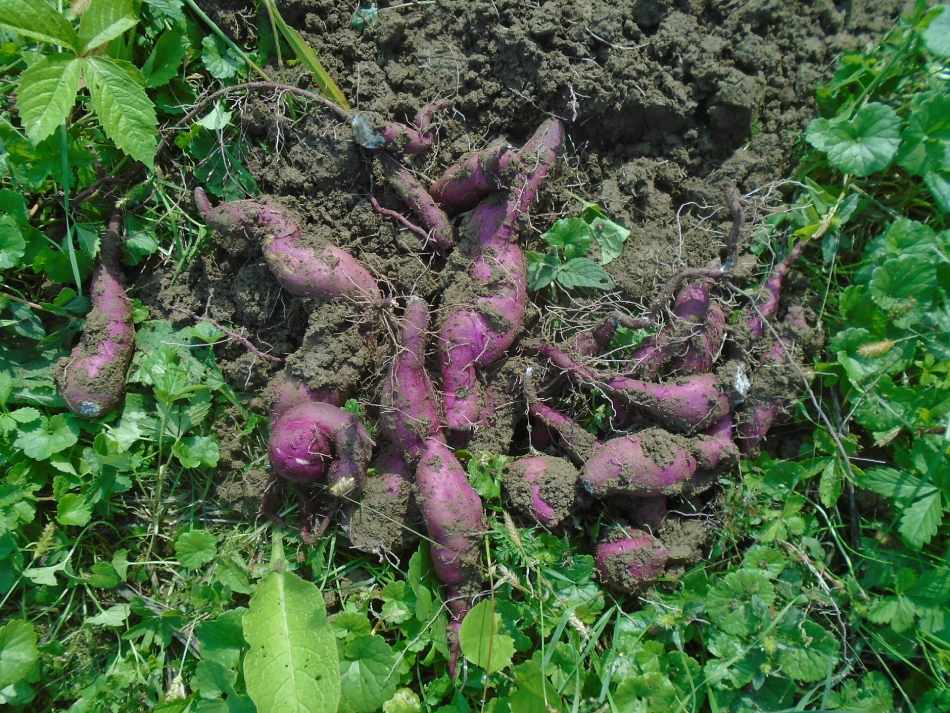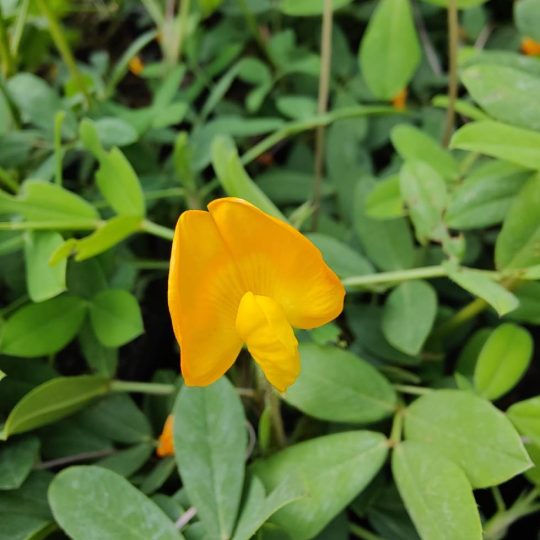Comfrey, a fascinating plant with a multitude of benefits, has long been recognized for its medicinal properties and versatile uses. Let’s delve into the world of comfrey and explore its benefits, uses, and growth habits.
Comfrey, scientifically known as Symphytum officinale, is a perennial herbaceous plant native to Europe and parts of Asia. It belongs to the Boraginaceae family and can grow up to three to four feet in height. Comfrey is characterized by its broad, hairy leaves and bell-shaped flowers that range in color from white to purple.
One of the most notable qualities of comfrey lies in its medicinal properties. Traditionally, comfrey has been used to heal wounds, fractures, and sprains due to its high content of allantoin—a compound that promotes cell proliferation and accelerates the healing process. The plant also contains rosmarinic acid, tannins, and other beneficial compounds that exhibit anti-inflammatory and analgesic properties.
Comfrey leaves and roots are commonly used to make poultices, salves, and ointments for topical application on bruises, cuts, and joint inflammation. It is believed to help reduce pain, swelling, and promote tissue regeneration. However, it’s important to note that internal consumption of comfrey is not recommended due to its pyrrolizidine alkaloid content, which can be toxic to the liver when ingested in large quantities.
In addition to its medicinal uses, comfrey also plays a role in organic gardening. The plant has deep taproots that mine nutrients from the soil, making it a valuable addition to compost or used as a nutrient accumulator in permaculture systems. Comfrey leaves, when decomposed, provide a rich source of potassium, phosphorus, and other trace minerals, making it an excellent natural fertilizer for plants.
When it comes to growing comfrey, it is known for its vigor and resilience. The plant thrives in moist, well-drained soil and prefers full to partial sun exposure. Comfrey can be propagated through root cuttings or crown divisions, and once established, it forms dense clumps. It is a hardy plant that can withstand colder climates and is often used in herbal gardens or as a green cover crop to prevent soil erosion.
To maintain comfrey’s growth, regular pruning is recommended, as the plant can become invasive if left unchecked. By cutting back the foliage, you can encourage fresh growth and harvest the leaves for various applications.
In conclusion, comfrey is a remarkable plant with numerous benefits. Its medicinal properties make it a popular choice for external applications, aiding in the healing of wounds and inflammations. As a nutrient accumulator, comfrey contributes to sustainable gardening practices, while its resilience and ease of cultivation make it a valuable addition to any garden or herbalist’s repertoire.
Comfrey /Boneset
$7.50
Comfrey, scientifically known as Symphytum officinale, is a perennial herbaceous plant native to Europe and parts of Asia. It belongs to the Boraginaceae family and can grow up to three to four feet in height. Comfrey is characterized by its broad, hairy leaves and bell-shaped flowers that range in color from white to purple.
One of the most notable qualities of comfrey lies in its medicinal properties. Traditionally, comfrey has been used to heal wounds, fractures, and sprains due to its high content of allantoin—a compound that promotes cell proliferation and accelerates the healing process. The plant also contains rosmarinic acid, tannins, and other beneficial compounds that exhibit anti-inflammatory and analgesic properties
Additional information
| Weight | 3 lbs |
|---|---|
| Dimensions | 6 × 6 × 14 in |
| Type of Plant: | Seeds, Small Plants, Medium Size Plants |







